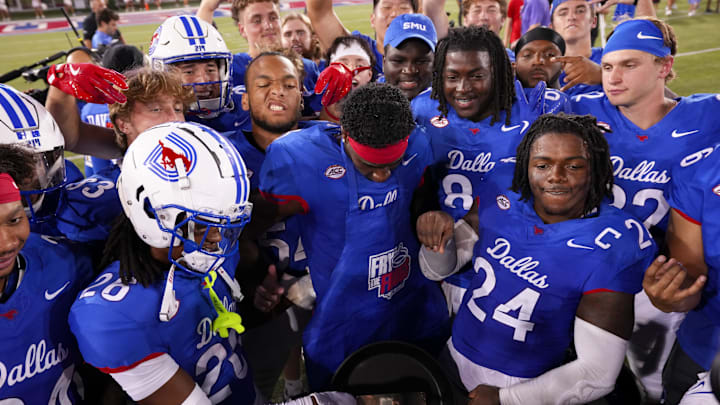FSU football faced the Boston College Eagles in week two, losing 28-13, with BC dual-threat quarterback Thomas Castellanos proving a tough matchup for the Noles. He accounted for three touchdowns and 179 yards from scrimmage. He ran 14 times for 73 yards, but his threat to run opened much of the Boston College offense mixed with all their pre-snap window dressing of motion.
FSU has been great against the traditional run game, but mobile quarterbacks gave FSU fits in the first two games this season. Guess what SMU did before last week? They changed to a mobile quarterback, Kevin Jennings, as their starter.
His numbers compared to Castellanos are eerily similar. They both complete about 62 percent of their passes and average about 17 attempts per game. Castellanos averaged about 14 rush attempts per game, and Jennings has run 9 and 10 times in the last two games where he's played the most.
They are about the same size, shifty, and can make something out of nothing when plays break down. Both throw well on the run and love to drop back like it's a pass-and-run-off QB draw. SMU will threaten with read-option and motion to keep the FSU defense guessing. Their main goal is to establish the run game so they can attack vertically in the passing game. SMU's main running back averages 7.17 yards per carry and has six rushing touchdowns.
His best game was last week against TCU with Jennings as the starting quarterback. Boston College's rushing attack from their traditional backs benefitted the same way against FSU because of Castellnaos. The threat of a running quarterback opens so many options, and it's something FSU will have to plan for on Saturday night. Luckily, they've played two dynamic dual-threat guys already, and hopefully, can learn from those games.
